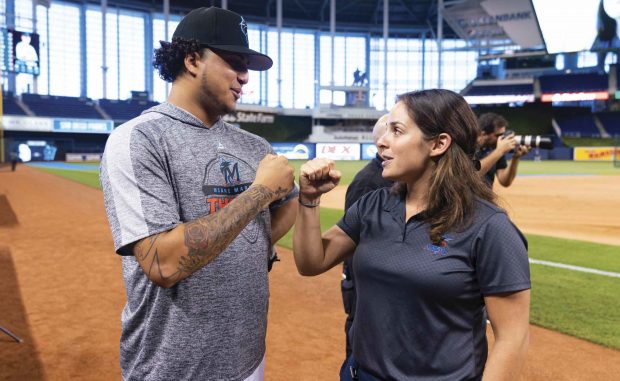
Emily Glass ’15 with Miami Marlins pitcher Jose Quijada
Walk through the Miami Marlins clubhouse and there’s a chance you’ll hear a Spanish phrase common in the Dominican Republic: “¿Qué lo que?”
Thanks to an innovative education program led by Emily Glass ’15, that might be an English-speaking player engaging in Spanish banter that roughly translates as “What’s up?” And you’re just as likely to hear a Latin player greeting his U.S.-born teammates in English.
With Glass’s help, the Marlins are trying to become the first bilingual organization in Major League Baseball (MLB). “We’re teaching English to our international players and Spanish to our domestic players, but then also life skills, from financial planning to cooking classes,” says Glass, whose work as the Marlins’ first education coordinator has been featured in The New York Times and The Washington Post. “The philosophy behind that is that we live in a globalized world, and Miami is at the center of that,” Glass says.
More than a quarter of the players on major league rosters at the beginning of this season were born outside the U.S., with a record 102 from the Dominican Republic, 68 from Venezuela and 19 from Cuba. In Miami and some other cities, the fans are increasingly Spanish-speaking too.
“Our new stadium is in Little Havana, so it’s in a neighborhood where everybody speaks Spanish,” Glass says. “So we want to give our players and all of our front-office employees the ability to interact with our fans that come to the ballpark and with the community, in both Spanish and English.”
Working for an MLB team seems glamorous when you see Glass bumping fists with a major leaguer on the field before a game. But the former Pomona-Pitzer softball player also spends at least a month each winter in the Dominican and much of the season on the road visiting Marlins minor- league players on teams like the Batavia Muckdogs, the New Orleans Baby Cakes and the Jacksonville Jumbo Shrimp.
Though her path to the big leagues has been winding, she has been preparing for this work even before she stepped on the Pomona College campus. She played baseball with her brother on youth teams until she was a teenager and then switched to softball for high school and college. She started every game for the Sagehens her first season, batting .386. But Glass would play only one more season of softball because competing campus interests and a love for hardball led her to recreational baseball with the guys in what she euphemistically calls a “carbonated-beverage league.”
Her first-year Critical Inquiry class at Pomona, or ID1 as it’s known, was Baseball in America with Lorn Foster, now an emeritus professor, who became such a close mentor that the two still have a standing phone call each Sunday at 3 p.m.
“She was a very gifted writer—that’s first and foremost,” Foster says. “But her interest in baseball was abiding.”
Glass later served as a teaching assistant for the class, and honed her high school and college Spanish while studying abroad in Salamanca, Spain. When it came time to write her senior thesis for a degree in public policy analysis, she again chose baseball as her topic, delving into a renowned program for disadvantaged youth called Reviving Baseball in the Inner City (RBI), founded by former major-league player John Young in Los Angeles in 1989.
She also won a coveted Watson Fellowship, which provides a stipend of more than $30,000 for a new graduate to engage in a year of independent research abroad. Glass studied international baseball while traveling to seven countries, including the Dominican, Japan and Australia. In Japan, she coached Little League on a field onto which she believes only one other woman had ever stepped. There she faced language and cultural barriers and “just baffled confusion from some people of ‘Why are you here?’”
On her return, she reached the final round of interviews for a position as an assistant of baseball operations with the New York Yankees but didn’t get the job. She then worked as the chief sales officer for a company called Acme Smoked Fish in Brooklyn for a year and a half before realizing, “I want to work in baseball. I don’t want to work in smoked fish.”
Mayu Fielding, the education coordinator for the Pittsburgh Pirates, became a mentor and referred her to multiple teams. Glass made it to the final round for a job with the New York Mets and interviewed with the Toronto Blue Jays and the Cincinnati Reds.
“My dad had always said to me that it takes six months to get the job that you want,” she says. “But if you try for six months and you put in the time and you trust the process, it will work out.”
Finally, the Marlins called, and Gary Denbo, the organization’s vice president of player development and scouting, gave her the only chance she needed.
The shared language of baseball often starts with pitches. Recta for straight fastball, curva for curveball, cambio for changeup. For catchers and pitchers in particular, it’s important nothing gets lost in translation.
“Baseball is a game of inches,” Glass says, “whether something is a ball or a strike or fair or foul, and our players see that by being able to communicate and be on the same page as some of their teammates, everything works better.”
Her mission might be most crucial with the Latin teenagers at the Dominican academy or just starting minor-league careers, many of them trying to break free of poverty and provide for their families. Landing in the hinterlands of the American minor leagues with no English is difficult.
“A lot of our players we sign at 18 or 20 years old; they’ve never cooked meals for themselves,” says Glass, who hires teachers to work with various Marlins teams in classes limited to 12 students—a hat tip to her small-class experiences at Pomona. She also shapes the curriculum, part of which is delivered by mobile phone or online.
“All of it truly is encompassed in service in the highest sense of the word—the skills they are going to need when they’re in a rookie league making very little money and trying to support themselves,” she says. “So we really tailor things toward interview skills and toward the off-field and money management skills—how to send money to your family abroad and how to communicate professionally at the field and away from the field.”
Jarlin Garcia, a 26-year-old Dominican pitcher now in the majors, remembers how challenging it was when the amount of English he spoke was nada.
“It’s a little bit hard, because you want to talk with the people, with the fans, and like when you’re out to eat,” he says in English, sitting in the visitors’ dugout at Dodger Stadium. “That’s why we need to learn.”
Beside him was Luis Dorante, a player relations and Spanish media relations liaison who works closely with Glass and travels with the major-league team to translate when necessary.
Like Glass, he is cognizant of the importance of life skills. “Some of these guys come from very humble places,” he says. “They have no idea what is a debit card, what is a credit card. Credit is difficult to explain. I say, ‘Son, be careful, you have to pay that later on.’”
Of course, only one in 200 minor leaguers ever reaches the big leagues. And even for those who do, the money may not last forever. “What we tell them is that many of these players won’t make it. Unfortunately, it’s a statistical fact,” Dorante says. “They need to enjoy this period in their life where they’re learning many skills and also gaining friends that might last for life.”
Jose Quijada, a 23-year-old pitcher from Venezuela, echoes Garcia, once again in English. “I think it’s important for me because, like, you play here in America, you need to talk with your friends from America who speak English. When you go to the bank, you need to talk English.”
It’s Glass’s job to make that happen—even if players’ Spanglish is sometimes charmingly imperfect. “Emily’s my friend,” Quijada says. “She’s a good guy.”
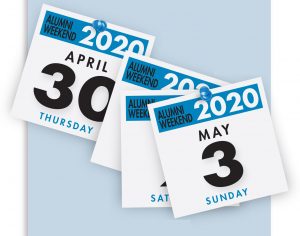 It’s time to mark your calendars for a return to campus on Alumni Weekend 2020, which will take place April 30 to May 3. For more information, go to the Reunion & Alumni Weekend website.
It’s time to mark your calendars for a return to campus on Alumni Weekend 2020, which will take place April 30 to May 3. For more information, go to the Reunion & Alumni Weekend website.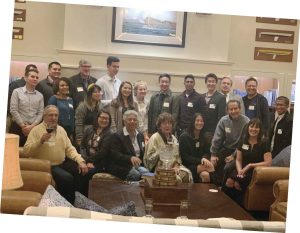
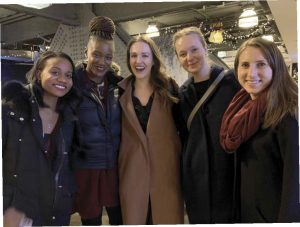
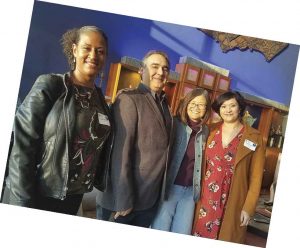

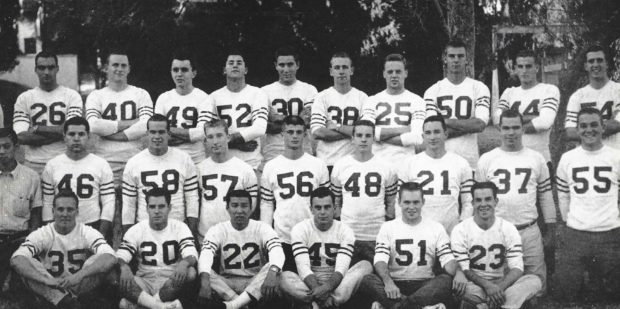
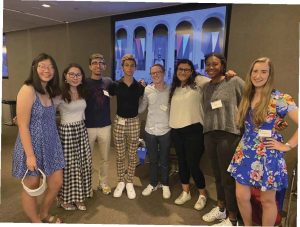

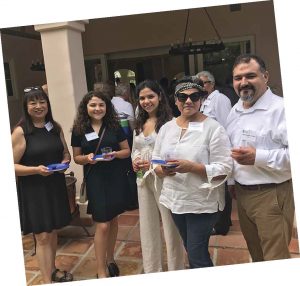
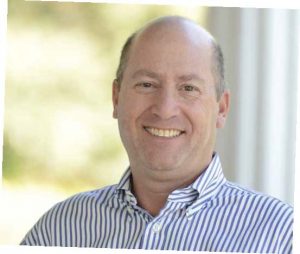
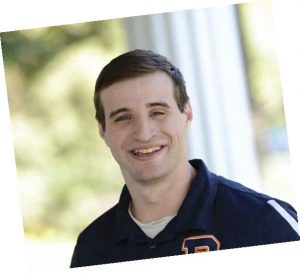
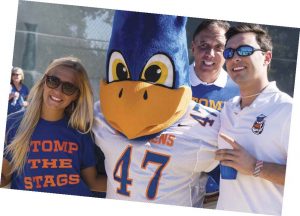
 The fall selection of the
The fall selection of the 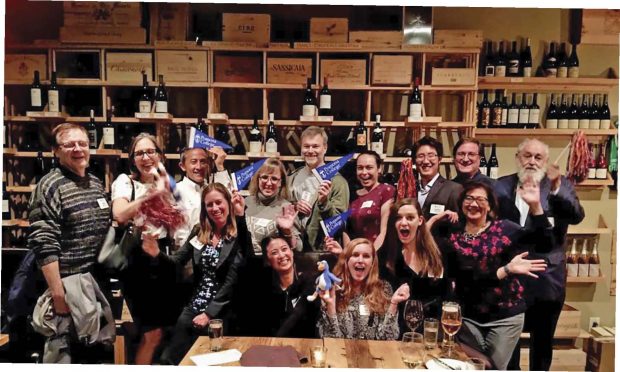
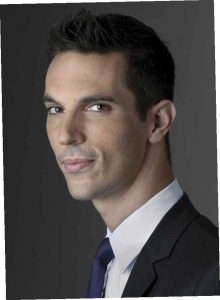
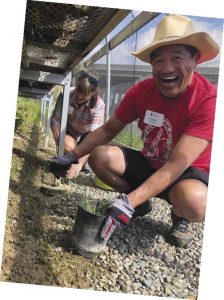
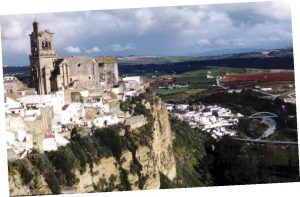 The real charm of Andalucía lies in its countryside, featuring blindingly white mountain villages (the so-called pueblos blancos) and endless olive and almond groves. Infamous for its scalding summers, Andalucía is equally renowned for its mild springs, the perfect season for enjoying the countryside the way it is meant to be enjoyed: on foot. The southernmost tip of Andalucía greets its visitors with whitewashed splashes on its craggy hillsides and minarets reshaped into Christian bell towers. Herds of wild bulls roam the upland pastures, pigs root for acorns under isolated oak trees, and Egyptian vultures soar overhead. Hike by day and enjoy village life by night in the midst of a week-long festival leading up to holiest of Christian holidays: Easter. What better way to appreciate the uniqueness of the southwesternmost corner of Europe?
The real charm of Andalucía lies in its countryside, featuring blindingly white mountain villages (the so-called pueblos blancos) and endless olive and almond groves. Infamous for its scalding summers, Andalucía is equally renowned for its mild springs, the perfect season for enjoying the countryside the way it is meant to be enjoyed: on foot. The southernmost tip of Andalucía greets its visitors with whitewashed splashes on its craggy hillsides and minarets reshaped into Christian bell towers. Herds of wild bulls roam the upland pastures, pigs root for acorns under isolated oak trees, and Egyptian vultures soar overhead. Hike by day and enjoy village life by night in the midst of a week-long festival leading up to holiest of Christian holidays: Easter. What better way to appreciate the uniqueness of the southwesternmost corner of Europe?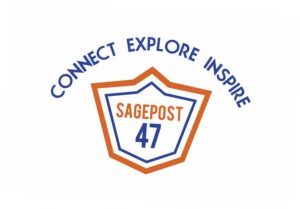 Have you checked out SagePost47, Pomona’s online platform that bridges the gap between students and alumni by fostering one-on-one connections and mentorships? Founded by an alumnus and a student in 2014, SagePost47 has grown to feature 100-plus alumni mentors, blogs, panel events and mock interviews. Learn more and sign up today at
Have you checked out SagePost47, Pomona’s online platform that bridges the gap between students and alumni by fostering one-on-one connections and mentorships? Founded by an alumnus and a student in 2014, SagePost47 has grown to feature 100-plus alumni mentors, blogs, panel events and mock interviews. Learn more and sign up today at 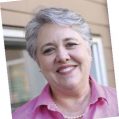

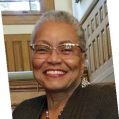





 Seeking your next spring novel and a way to connect with fellow Sagehens? Join the Pomona College Book Club on Goodreads to chat with alumni, professors, students, parents and staff around a common love of reading. Visit
Seeking your next spring novel and a way to connect with fellow Sagehens? Join the Pomona College Book Club on Goodreads to chat with alumni, professors, students, parents and staff around a common love of reading. Visit 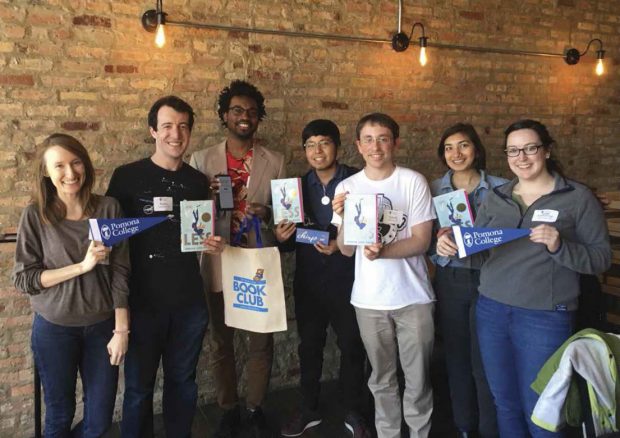
 Scott Kratz ’92 was having breakfast with a good friend, who at the time was director of D.C.’s Office of Planning, when he asked an offhand question about all the construction going on with an old bridge over the Anacostia River. To his surprise, Harriet Tregoning began to lay out her dream for transforming that old span into a park.
Scott Kratz ’92 was having breakfast with a good friend, who at the time was director of D.C.’s Office of Planning, when he asked an offhand question about all the construction going on with an old bridge over the Anacostia River. To his surprise, Harriet Tregoning began to lay out her dream for transforming that old span into a park.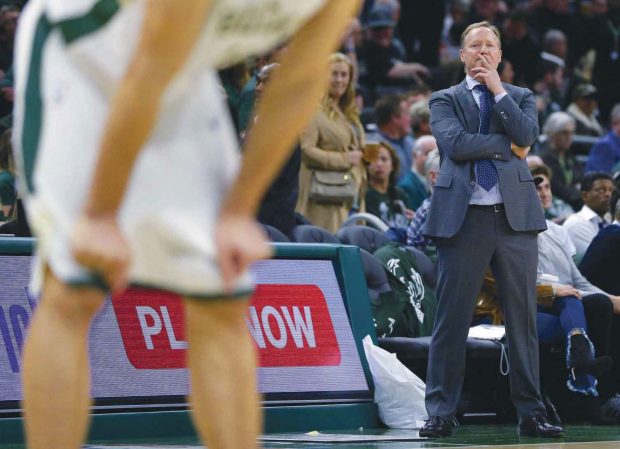



 “I found this picture of my fellow head sponsors…. I loved working with you both and Dean Margaret Bates during the 1978–79 school year! Here’s to our 40th Reunion, Ted Stein and Carolyn Sherwood Call!”
“I found this picture of my fellow head sponsors…. I loved working with you both and Dean Margaret Bates during the 1978–79 school year! Here’s to our 40th Reunion, Ted Stein and Carolyn Sherwood Call!” This winter, join fellow alumni, parents, students and faculty as we read Less, a book that the Los Angeles Times called “a hilarious Pulitzer Prize–winning novel full of arresting lyricism and beauty.” Named a Washington Post Top Ten Book of 2017, Andrew Sean Greer’s work follows a struggling novelist who travels the world to avoid an awkward wedding.
This winter, join fellow alumni, parents, students and faculty as we read Less, a book that the Los Angeles Times called “a hilarious Pulitzer Prize–winning novel full of arresting lyricism and beauty.” Named a Washington Post Top Ten Book of 2017, Andrew Sean Greer’s work follows a struggling novelist who travels the world to avoid an awkward wedding. On the evening of November 9, more than 200 student athletes, coaches, alumni, parents, family members and dozens of Champions of Sagehen Athletics gathered on the portico of Big Bridges to kick off Rivalry Weekend 2018 and celebrate Sagehen football. The nighttime festivities helped to prepare the team for their biggest game of the season—the Sixth Street Rivalry—against the CMS Stags. Don Swan ’15, former captain of the Sagehens football team, served as master of ceremonies, and Head Football Coach John Walsh called the P-P vs. CMS rivalry the most unique rivalry in all of college football. The following day, hundreds of Sagehens came together to cheer on the blue and orange, and Sagehens captured their second-straight Sixth Street Rivalry victory with a 24–19 win over CMS. The victory marked the best season in Sagehen Football since 1999. Of the win, Coach Walsh said, “We have an extraordinary group of student-athletes and assistant coaches in this program. Our players come in every day and work hard and buy into what we are trying to do here. They earned it.”
On the evening of November 9, more than 200 student athletes, coaches, alumni, parents, family members and dozens of Champions of Sagehen Athletics gathered on the portico of Big Bridges to kick off Rivalry Weekend 2018 and celebrate Sagehen football. The nighttime festivities helped to prepare the team for their biggest game of the season—the Sixth Street Rivalry—against the CMS Stags. Don Swan ’15, former captain of the Sagehens football team, served as master of ceremonies, and Head Football Coach John Walsh called the P-P vs. CMS rivalry the most unique rivalry in all of college football. The following day, hundreds of Sagehens came together to cheer on the blue and orange, and Sagehens captured their second-straight Sixth Street Rivalry victory with a 24–19 win over CMS. The victory marked the best season in Sagehen Football since 1999. Of the win, Coach Walsh said, “We have an extraordinary group of student-athletes and assistant coaches in this program. Our players come in every day and work hard and buy into what we are trying to do here. They earned it.”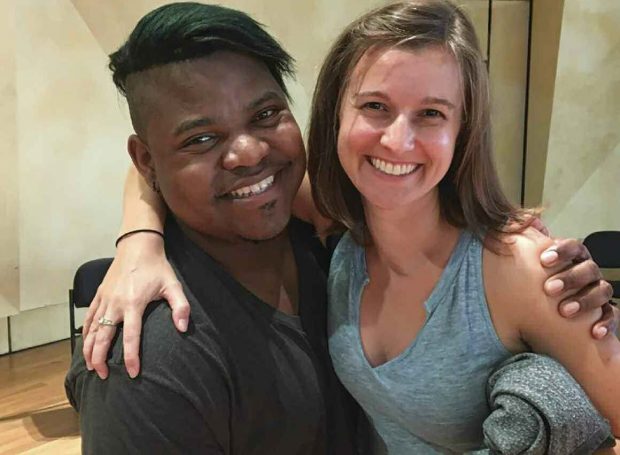
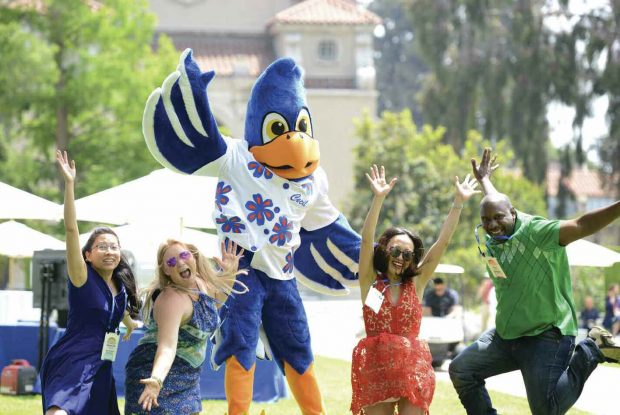 Alumni Weekend brought together more than 1,500 alumni and guests for four festive days in late April. Friday’s craft beer and wine tasting—A Taste of Pomona—featured alumni vintners and led into dinner under the stars on Marston Quad. President G. Gabrielle Starr welcomed attendees, saying, “All of you have brought a brilliance and energy to the College from which we still benefit. It’s the Pomona of today that honors you for coming back and honors the past, even as we are thinking about the future.”
Alumni Weekend brought together more than 1,500 alumni and guests for four festive days in late April. Friday’s craft beer and wine tasting—A Taste of Pomona—featured alumni vintners and led into dinner under the stars on Marston Quad. President G. Gabrielle Starr welcomed attendees, saying, “All of you have brought a brilliance and energy to the College from which we still benefit. It’s the Pomona of today that honors you for coming back and honors the past, even as we are thinking about the future.”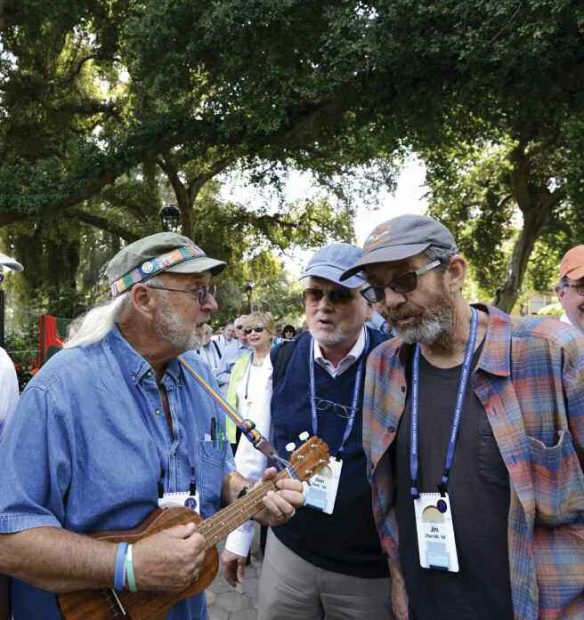
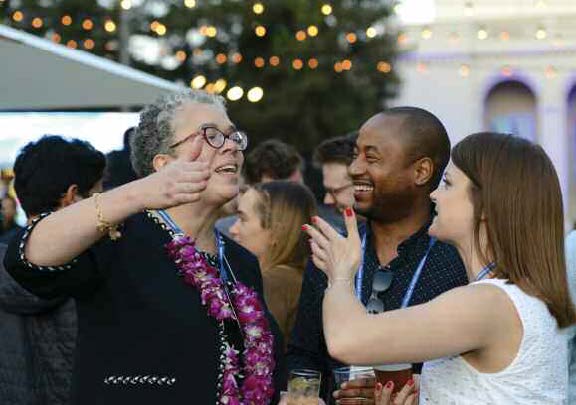
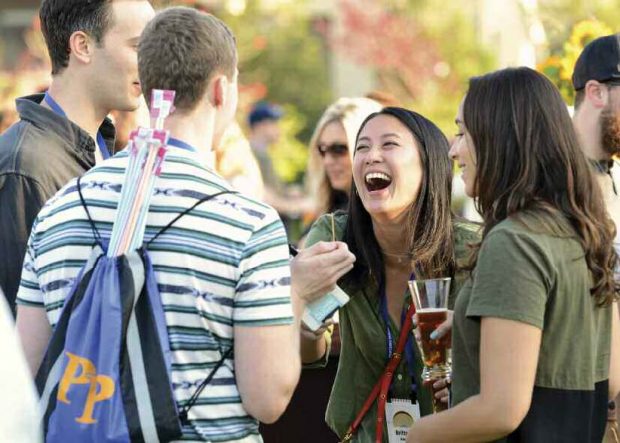
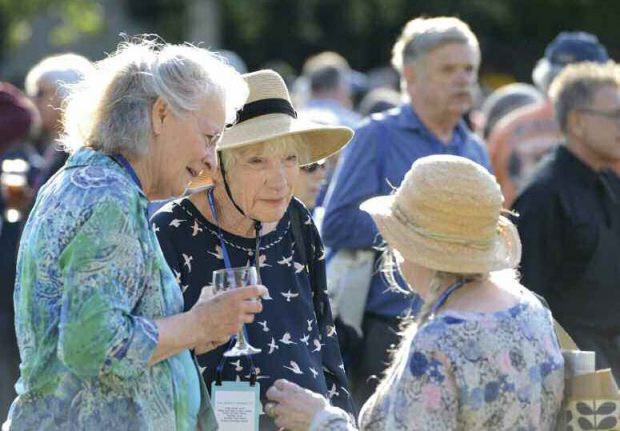
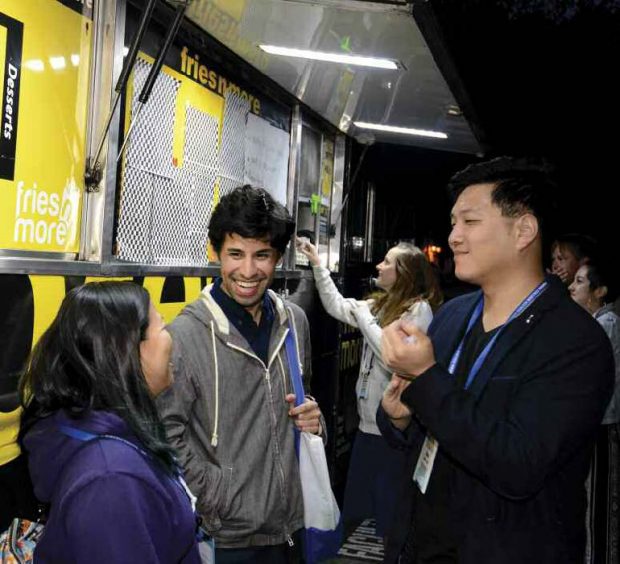
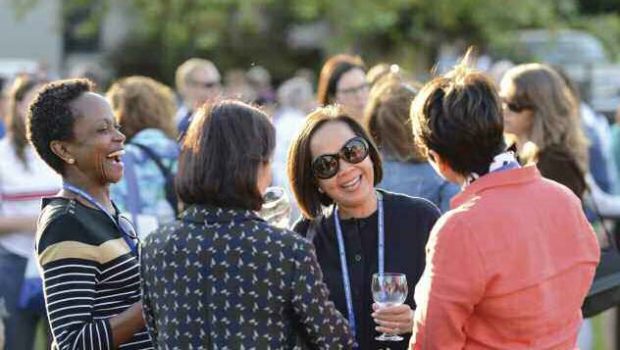
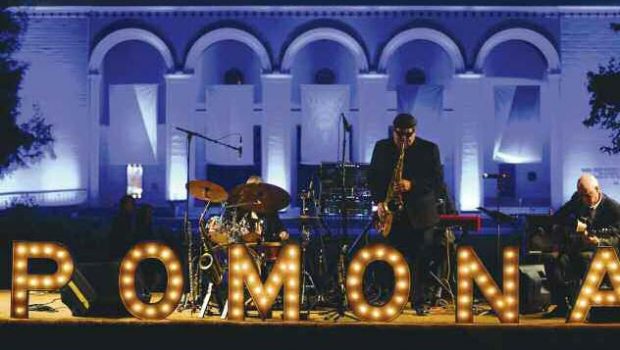
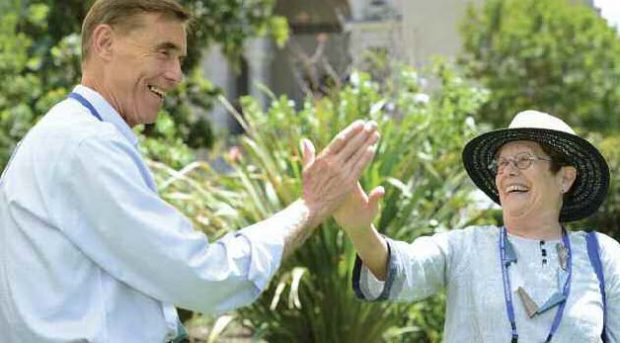
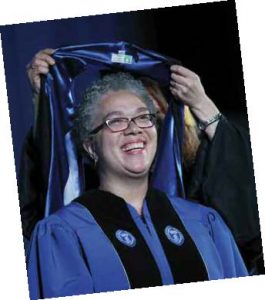
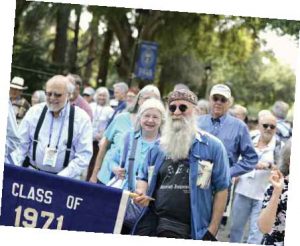
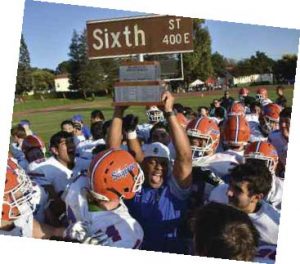
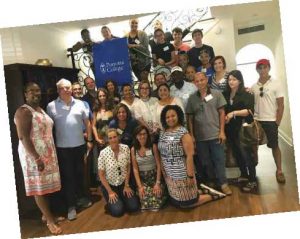
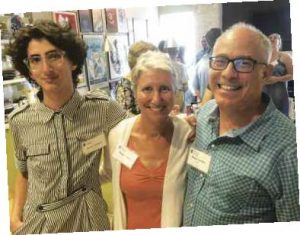
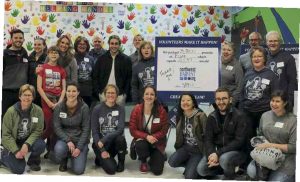
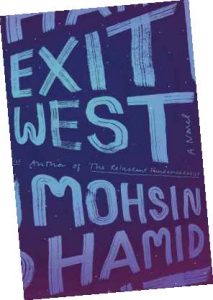 This fall, join the Class of 2022 as they start their Pomona journeys by reading Exit West, a book The Los Angeles Times called “…a breathtaking novel by one of the world’s most fascinating young writers.” Named a Top 10 Book of 2017 by The New York Times, Mohsin Hamid’s work follows two lovers displaced by civil unrest in their home country.
This fall, join the Class of 2022 as they start their Pomona journeys by reading Exit West, a book The Los Angeles Times called “…a breathtaking novel by one of the world’s most fascinating young writers.” Named a Top 10 Book of 2017 by The New York Times, Mohsin Hamid’s work follows two lovers displaced by civil unrest in their home country.